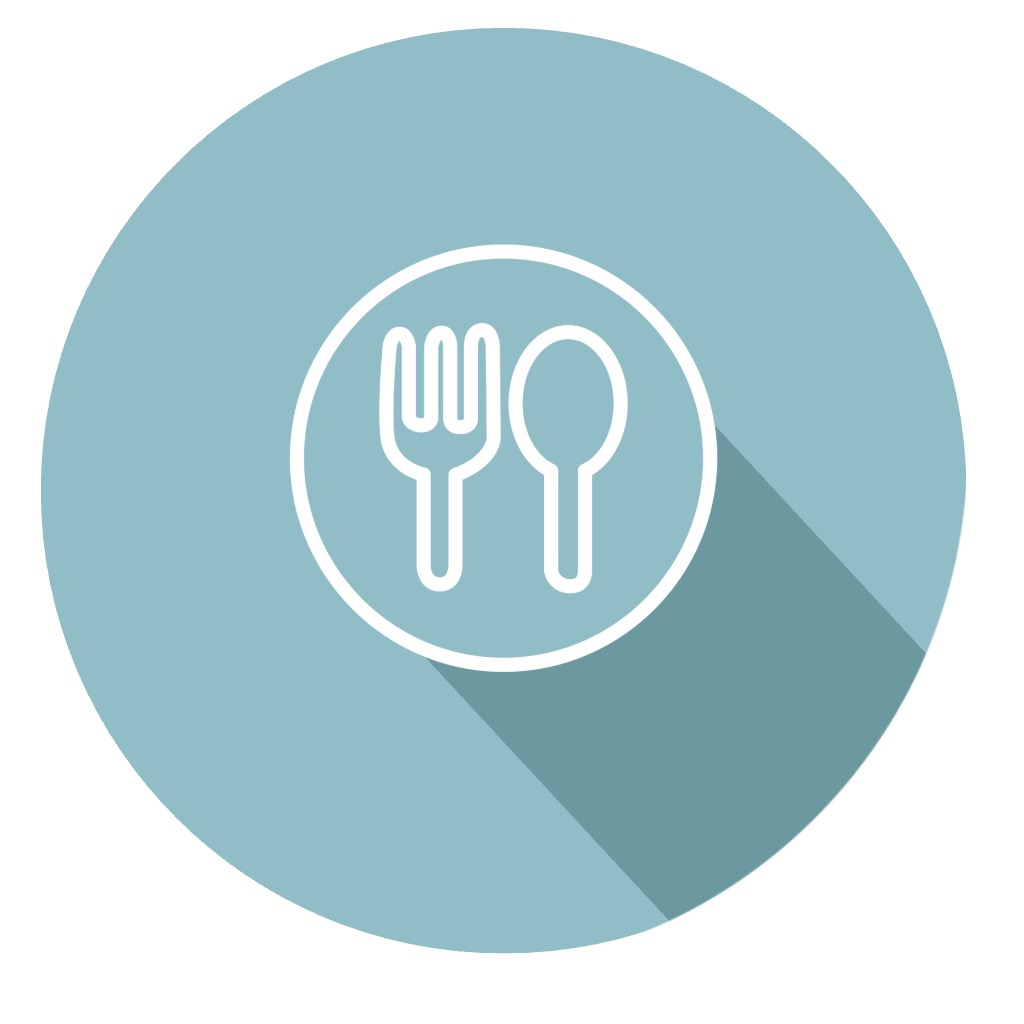Imagine you’re in a cozy bistro. You’re browsing the menu, thinking about what you feel like eating. Now imagine a message on your table:
“We are committed to reducing food waste - you can help! About one-third of all food produced for human consumption is wasted. As our beloved guest, you can make a difference.”
What do you do? Chances are, you’ll order more mindfully, and leave less on your plate.
Posted in Archive, Strategy
published on Tuesday, 12 August 2025
Juan's Chocolate Problem and What It Taught Scientists
Meet Juan, a young adult with a serious problem with chocolate. When researchers wanted to help him eat healthier, they didn't just tell him "avoid chocolate" like everyone else. Instead, they crafted a message specifically for him: "Juan, the chocolate you eat in times of stress could be replaced by nuts, avocado or citrus fruits."
This wasn't just good advice; it was the foundation of a groundbreaking neuroscience study that would finally prove why personalization works so incredibly well. Spanish researchers Casado-Aranda and colleagues just cracked this code. They recruited 29 people like Juan, with self-reported poor dietary habits like eating too much chocolate or hamburgers. These people laid into fMRI scanners and watched their brains respond to personalized versus generic health messages.
Posted in Archive, Conversion
published on Tuesday, 29 July 2025
Imagine walking down the cleaning aisle and spotting the newest plug-in room freshener with packaging adorned with scrumptious looking cinnamon rolls. You can almost smell it, right? That’s not just your imagination, it’s a powerful psychological phenomenon at play.
A recent study by Sharma and Estes (2024) reveals that pictures of scented objects can actually make us "smell" them in our minds, influencing how we evaluate and choose products. Olfactory imagery can play a vital role in consumer decision making.
Posted in Archive, Advertising
published on Tuesday, 15 July 2025
Grabbing market attention with the unexpected
How many famous accidental product discoveries are you aware of? There’s plenty to fill history books.
Let’s take Post-it Notes: the result of 3M scientist Spencer Silver’s failed attempt to create a stronger adhesive for the aerospace industry. Instead, he ended up creating a weak adhesive that could easily be removed without residue. And voila! A ‘mistake’ that we all use daily.
What about the miracle ingredient in the SK-II skincare line? It was discovered as a result of a chance encounter in the 1970s inside a Japanese sake brewery. Despite their old age, employees maintained remarkably soft and youthful hands after constant handling of fermented sake “mash”. Scientists used this observation and a naturally derived liquid that revolutionized skincare.
Posted in Research, Archive
published on Tuesday, 01 July 2025

Byron Sharp has shattered many brand growth myths with his books How Brands Grow part 1 and 2. He provided clear empirical data that showed brand choice is rarely driven by passion, but rather by our lazy brains. Brand growth is consistently driven by
- Physical availability: the ease with which we can buy that brands (channels; shelf position; number of facings; etc)
- Mental availability: the ease with which the brand comes to mind in buying situations (driven by how rich the brand is forged in memory pathways with category entry points and ease of recognition by brand assets).
Thanks to Byron Sharp, brands know what they need to build, nurture and measure to ignite consistent brand growth.
But what does this mean for category growth? How did categories such as craft beer, electric vehicles and plant-based milk grow outside their niches and achieve mass appeal? As with brand growth, it’s not some unkowable magical force, but rather there exist consistent growth factors that can be measured and actively reinforced.
Which empirical laws fuel the growth dynamics of entire categories? Last month, a team of researchers from the Ehrenberg-Bass Institute have widened their scope with ‘How Categories Grow’.
Posted in Archive, Strategy
published on Tuesday, 03 June 2025





